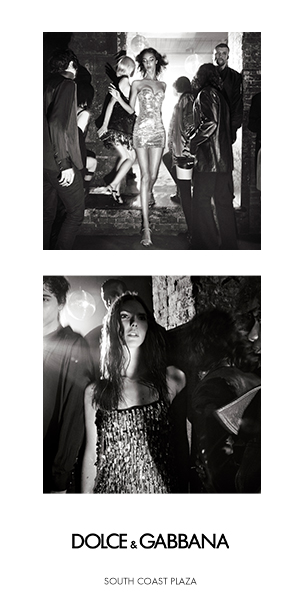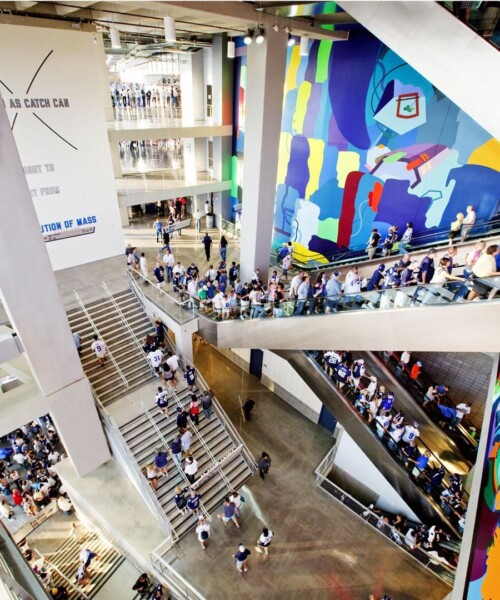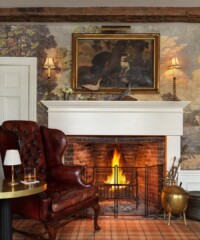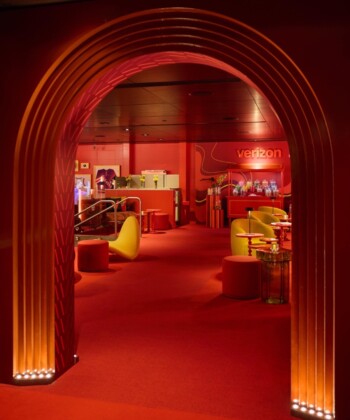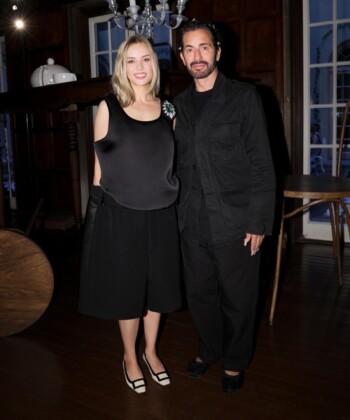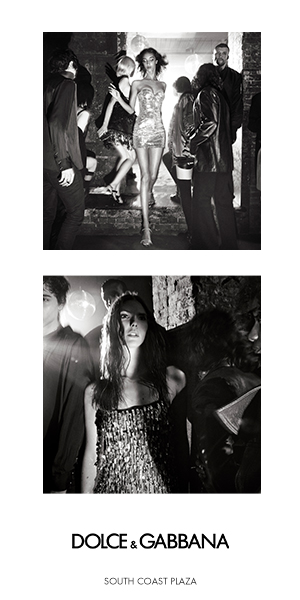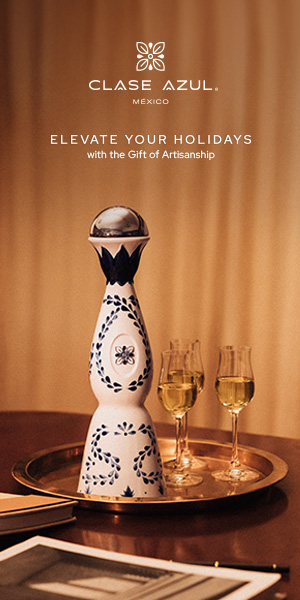Last fall, Jenny Holzer, the celebrated New York conceptual artist, flew down to the Dallas area to put the finishing touches on her recently completed commission. Like some of her earliest video works, this ambitious new piece hinged on a series of provocative maxims—”Lack of charisma can be fatal” or “Ambivalence can ruin your life”—which were projected onto a screen and meant to induce “sustained contemplation.” Only this screen happened to be the 72-foot-high Jumbotron that’s perched above the gridiron at Cowboys Stadium, a beer-filled bastion of tailgating and chest-thumping that holds up to 100,000 screaming football fans—in other words, the last place you’d expect to find high-concept video art.

Holzer says her video “truisms,” which pop up between pizza ads and instant replays of a violent sack by the star player DeMarcus Ware, have caught some fans by surprise. That was the point. “The reaction ranged from people pointing and laughing to others properly ignoring my stuff and tending to whatever else was around them,” she says.
But Holzer’s piece is not an anomaly inside the four-year-old Cowboys Stadium, located in Arlington, Texas, about 25 minutes from downtown Dallas. The work is among 50 pieces by big-name artists like Olafur Eliasson, Lawrence Weiner, Doug Aitken and Matthew Ritchie—a collection that the National Endowment for the Arts called “museum-worthy,” adding, “Never before has art and athletics coexisted so seamlessly.”
Several of the works, which appear above concession stands or atop soaring stairways, seem striking in the context of a modern sports arena. These are not LeRoy Neimanesque murals glorifying athletic exploits. Eliasson’s piece, a sculpture called Moving Stars Takes Time, is an amalgam of circular and elliptical solar orbits described in stainless steel and yellow glass. The painter Matthew Ritchie takes the Xs, Os and arrows that football coaches use to diagram plays and scrambles them into a giant futuristic triptych. And the noted conceptual artist Mel Bochner’s 38-foot-tall mural at the northeast staircase screams out synonyms of the word win: “VANQUISH! CLOBBER! KICK SOME BUTT!”
“The artwork that’s there—my piece, Lawrence Weiner’s piece—they’re not backgrounds, they’re foregrounds,” Bochner says. “These pieces are significant in their aesthetic meaning. They’re not mere decoration. That’s what makes their existence in a football stadium even more remarkable.”
Charlotte Jones Anderson, the executive vice president of the Cowboys, whose family, led by her father, Jerry Jones, owns the team and built its $1.1 billion stadium, says the art collection harks back to the “Greek and Roman times, when frescoes were on the walls of the great sports coliseums.” This classical analogy fits in with the Joneses’ epic ambition for their stadium to be not merely a sports arena but a cultural hub. (In addition to the artworks, the stadium has hosted a free simulcast of the Dallas Opera’s performance of Mozart’s The Magic Flute.) “We wanted a stadium that spoke to fans beyond the world of football,” Anderson says.
She elaborates that her family, particularly her mother, Gene, has a deep appreciation for art but hadn’t the foggiest idea of who’s who in the contemporary art world. “That was out of our comfort zone,” Anderson says. So, after consulting with collectors in the Dallas area, the team hired the San Francisco–based art adviser Mary Zlot, who was initially wary of the Cowboys’ foray into modern art. “Getting them to buy into this process to begin with was actually kind of a challenge,” Anderson explains. “They were like, ‘What are you doing down there?'”

By now the Cowboys have dispelled any skepticism; the team is said to possess the most significant modern art collection in any sports arena. And other sporting venues have been getting into the game. The Minnesota Twins’ Target Field opened in 2010 with a trio of mosaic murals that St. Paul native Craig David hand-sawed out of porcelain and stone. In Brooklyn, the new Barclays Center—home of the Nets basketball team—has installed several noteworthy works, including a 70-foot-long mural by the gallery darling José Parlá, which was unveiled in January. And at Sun Life Stadium, home of the Miami Dolphins, team owner Stephen Ross commissioned the famous—and famously commercial—Brazilian artist Romero Britto to make sculptures throughout the stadium. “It adds a little Latin flavor,” says Ross, who’s planning to add more artworks after a large-scale renovation slated to begin next year.
But blending art and sports can be controversial. Despite his own impressive collection, which includes works by Pablo Picasso and Henry Moore, the art dealer and Miami Marlins owner Jeffrey Loria has struggled to integrate artworks into his $600 million stadium, Marlins Park. The contemporary artist Daniel Arsham created two public installations, but the stadium’s most conspicuous artwork is a $2.5 million animatronic sculpture by pop artist Red Grooms. Installed in center field, it is activated when the home team hits a home run: Dolphins jump, LEDs flash and seagulls flock.
The piece is widely reviled. Take this assessment of a critic from the Miami New Times: “It’s like someone vomited a bunch of cliché South Florida imagery on a Guy Harvey shirt after a rough night on South Beach and then motorized it.”
The ire of Marlins fans over this eccentric sculpture notwithstanding, Anderson says that stadium habitués aren’t immune to the charms of contemporary art. Quite the contrary. “Sports fans are also fans of art and architecture,” she says. “They appreciate people who excel at anything.”























